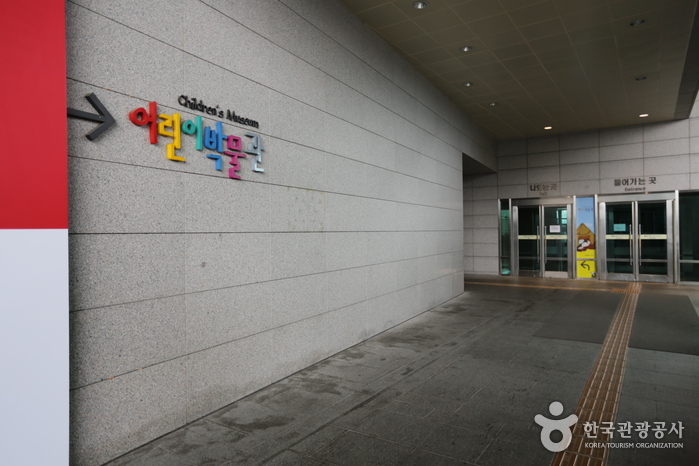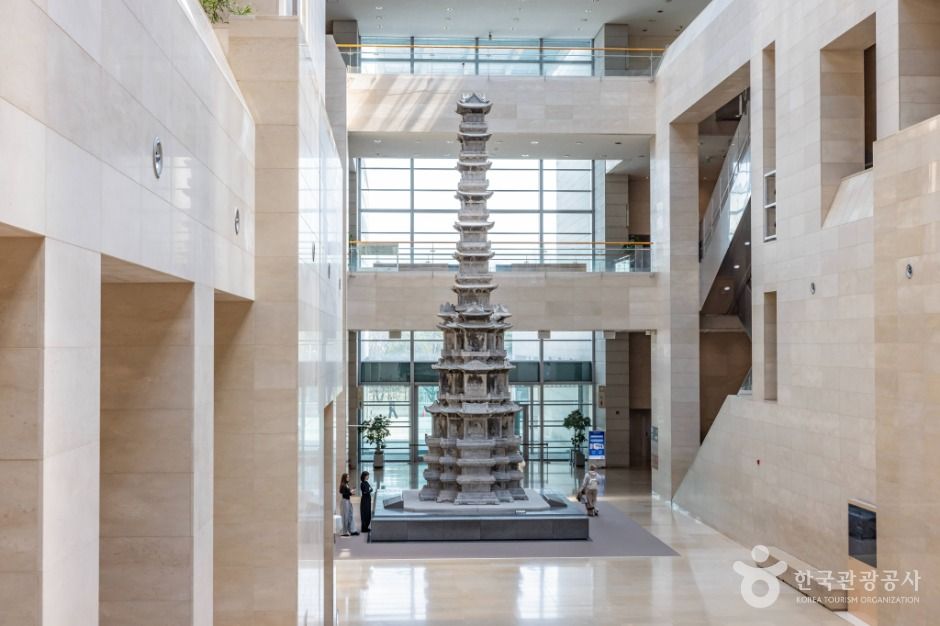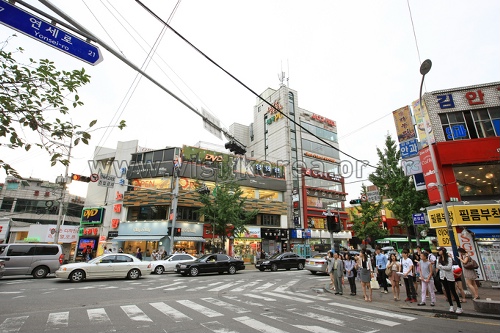Innisfree - Sinseol-dong Station Branch [Tax Refund Shop] (이니스프리 신설동역)
4.1Km 2024-04-17
1F, 20, Wangsan-ro, Dongdaemun-gu, Seoul
-
Childrens Museum of the National Museum of Korea (국립중앙박물관 어린이박물관)
4.1Km 2021-09-15
137, Seobinggo-ro, Yongsan-gu, Seoul
+82-2-2077-9000
The Children’s Museum of the National Museum of Korea is an experience-oriented museum where children can see, touch, and feel history through hands-on programs and games. The permanent exhibition hall displays replicas of historical items so children can learn about Korea’s cultural heritage in a fun and interactive way. Children can also experience the lifestyle and wisdom of the past through experience programs.
Yonsei University (연세대학교)
4.1Km 2023-07-04
50, Yonsei-ro, Seodaemun-gu, Seoul
+82-1599-1885
Yonsei University, which opened in 1885, is a prestigious university that boasts a beautiful campus. In particular, it is famous for its wooden trails, antique buildings covered with ivy, and Cheongsongdae Forest, a popular dating spot among couples. Yonsei University also has a Korean language institute for foreigners interested in learning Korean.
Nature Collection - Sinchon Branch [Tax Refund Shop] (네이처컬렉션 신촌)
4.1Km 2024-04-18
14, Yonsei-ro, Seodaemun-gu, Seoul
-
National Museum of Korea (국립중앙박물관)
4.2Km 2025-11-21
137 Seobinggo-ro, Yongsan-gu, Seoul
The National Museum of Korea houses a vast collection of artifacts from ancient times to the modern era in a wide range of topics, including art and culture. The museum houses a Children's Museum, where visitors can learn more about the nation's history through educational programs and experiences. The outdoor grounds feature pagodas and other stone artworks too large to be on display inside.
In addition to galleries with a wide array of national and international pieces, the National Museum of Korea is a stage for a number of cultural activities related to collection, preservation, research and analysis, social training, academic publications, intercultural exchange programs, concerts, and more.
Olive Young - Sinchon Yeonse-ro Branch [Tax Refund Shop] (올리브영 신촌연세)
4.2Km 2024-04-18
37, Yonsei-ro, Seodaemun-gu, Seoul
-
Miigwech - Sinchon Branch [Tax Refund Shop] (미그웨치 신촌)
4.2Km 2024-04-22
1F, 21, Yonsei-ro, Seodaemun-gu, Seoul
-
Jeong’s Family (정스패밀리)
4.2Km 2025-03-15
16 , Hyochangwon-ro 8-gil, Yongsan-gu, Seoul
+82-10-6332-2043
Jeong's Family is a foreigner-only guesthouse in Hanseong Han River Apartments in Yongsan-gu, Seoul. The apartment building is in a quiet residential area and has a fine view over the Han River and the riverside Hangang Park - which is a great place for walking or cycling. The two rooms are furnished with laptop PCs. Guests will recieve a welcome drink when they check-in, and a simple breakfast and dinner are provided upon prior reservation. The guesthouse is close to the airport bus stop, and convenient for public transport to tourist hotspots such as Gangnam, Hongdae, and Myeong-dong. There’s a key deposit system in operation.
Yeonsero (Yonsei University Street) (연세로)
4.2Km 2022-10-25
Area of Yeonse-ro, Sedaemun-gu, Seoul
+82-2-120
This road takes you from Sinchon Subway Station right to Yonsei University. Like branching tree roots, the numerous side streets diverge off the main road. In 1999 Yonsei College Street was designated as “The Road One Wants to Walk.” Since then, this famous street has been improved upon even more, placed on tourist maps and promoted by businesses. A visitor to this area can eat at a plethora of restaurants, coffee shops and stores. In the afternoon hours, you can also enjoy the taste of small food stands that line the sidewalks.
![Innisfree - Sinseol-dong Station Branch [Tax Refund Shop] (이니스프리 신설동역)](http://tong.visitkorea.or.kr/cms/resource/30/2888030_image2_1.jpg)
![Art Korea [Tax Refund Shop] (주식회사 아트코리아)](http://tong.visitkorea.or.kr/cms/resource/83/2888383_image2_1.jpg)


![Nature Collection - Sinchon Branch [Tax Refund Shop] (네이처컬렉션 신촌)](http://tong.visitkorea.or.kr/cms/resource/87/2878287_image2_1.jpg)

![Olive Young - Sinchon Yeonse-ro Branch [Tax Refund Shop] (올리브영 신촌연세)](http://tong.visitkorea.or.kr/cms/resource/83/2888583_image2_1.jpg)
![Miigwech - Sinchon Branch [Tax Refund Shop] (미그웨치 신촌)](http://tong.visitkorea.or.kr/cms/resource/92/2875492_image2_1.jpg)

 English
English
 한국어
한국어 日本語
日本語 中文(简体)
中文(简体) Deutsch
Deutsch Français
Français Español
Español Русский
Русский